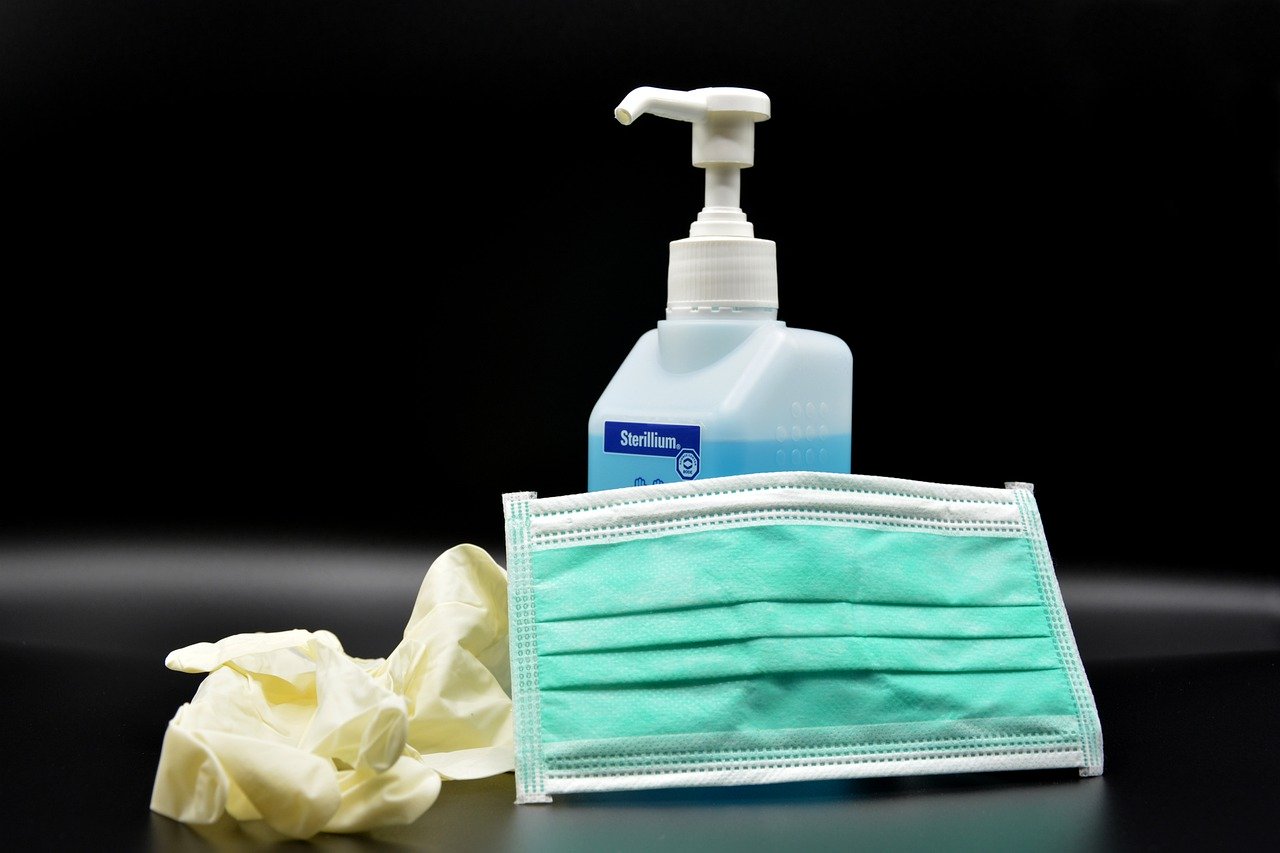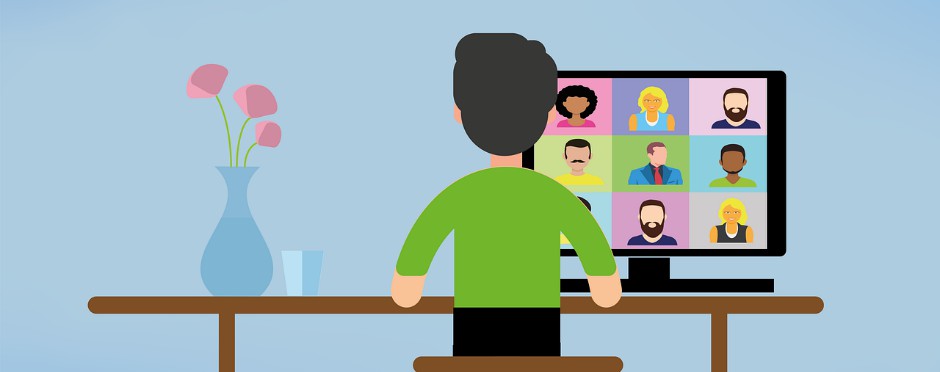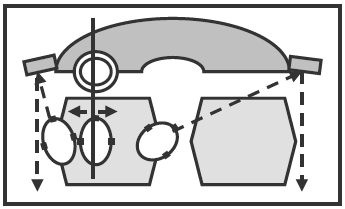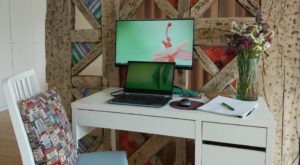
 Sunlight can be both a natural healer and a safety hazard. It provides vital health benefits, such as vitamin D production, mood enhancement and support for healthy sleep patterns. Unfortunately, overexposure and poor sun safety practices can lead to serious health consequences, including skin damage and increased risk of skin cancer. Understanding the balance between healthy and harmful exposure can help you reap the benefits of the sun safely. By taking simple precautions, you can enjoy the outdoors, protect your health, and realize the benefits of sunlight.
Sunlight can be both a natural healer and a safety hazard. It provides vital health benefits, such as vitamin D production, mood enhancement and support for healthy sleep patterns. Unfortunately, overexposure and poor sun safety practices can lead to serious health consequences, including skin damage and increased risk of skin cancer. Understanding the balance between healthy and harmful exposure can help you reap the benefits of the sun safely. By taking simple precautions, you can enjoy the outdoors, protect your health, and realize the benefits of sunlight.
This article explores the many benefits of sunlight, outlines the potential health risks of overexposure and offers practical tips for enjoying the sun safely.
The Benefits of Sunlight
One of the most well-known benefits of sunlight is its role in helping the body produce vitamin D. When ultraviolet B (UVB) rays from the sun hit your skin, they trigger vitamin D synthesis. This essential nutrient helps your body absorb calcium and supports bone health, immune function and mood regulation. For people living in northern climates or those who spend most of their time indoors, getting enough vitamin D can be a challenge without some sun exposure.
Sunlight is also a powerful regulator of the circadian rhythm, the internal biological clock influencing sleep patterns, hormone levels and energy. Exposure to natural light during the day, especially in the morning, can help align your sleep-wake cycle. This is why experts often recommend getting outside early in the day if you’re struggling with insomnia or seasonal affective disorder.
In addition, time spent in the sun, particularly when combined with physical activity outdoors, can boost mental well-being. Sunlight can increase the brain’s release of serotonin, a hormone associated with improved mood and focus. People who get regular sunlight exposure often report feeling happier and more relaxed.
The Risk of Too Much Sun
Despite these advantages, it’s crucial to be aware of the health risks of overexposure to the sun. The same UV radiation that helps your body produce vitamin D can also damage your skin’s DNA, leading to premature aging, sunburns and an increased risk of skin cancer.
Melanoma, the most serious type of skin cancer, is linked to intense, intermittent sun exposure that leads to sunburn, particularly during childhood. Even less aggressive skin cancers, such as basal cell carcinoma and squamous cell carcinoma, are often the result of cumulative sun damage over time.
Excessive sun exposure can also lead to eye damage, including cataracts and macular degeneration. In extreme cases, too much time in high heat and direct sunlight can result in heat exhaustion or heatstroke, particularly for young children, older adults and people with certain health conditions.
How to Enjoy the Sun Safely
The good news is that you don’t have to avoid the sun entirely. With the following strategies, you can safely enjoy the outdoors and protect yourself from harmful UV exposure:
- Time it right. Try to get sunlight exposure during the early morning or late afternoon when UV levels are lower. Midday sun (between 10 a.m. and 4 p.m.) tends to be the most intense.
- Use sunscreen. Choose a broad-spectrum sunscreen with an SPF of 30 or higher. Apply it generously to all exposed skin and reapply every two hours—or more often if you’re swimming or sweating.
- Wear protective clothing. Long-sleeved shirts, wide-brimmed hats and UV-blocking sunglasses can help shield you from the sun’s harmful rays. Look for clothing labeled with UPF (ultraviolet protection factor).
- Wear sunglasses. Sunglasses help protect your eyes from harmful UV rays, reducing the risk of cataracts and other eye damage while keeping you comfortable in bright sunlight.
- Seek shade. Use umbrellas, awnings or trees for cover, especially during peak sun hours. If you’re at the beach or a park, position yourself in a shaded area when possible.
- Take breaks. This is crucial to prevent heat-related illnesses like heat exhaustion and heat stroke. Regular breaks allow your body to cool down, stay hydrated and maintain energy levels, ensuring you can work safely and effectively. They also allow you to monitor for sunburn and other symptoms.
- Know your skin type. Fair-skinned individuals are more prone to sunburn and may need extra precautions. Conversely, those with darker skin have more melanin, which offers some protection, but they can still experience sunburn and other skin issues.
For More Information
Talk to your doctor or a qualified health care provider to determine the right amount of sun exposure for your health needs and circumstances.















